Draw in Beneficial Insects
Attracting beneficial insects to your garden can be as easy as planting the right plants or flowers or a combination of them.
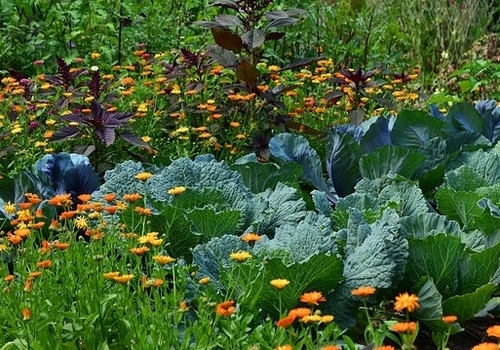
First, here's a list of ten beneficial garden insects you may want to entice into your garden and a brief explanation of their benefit. Afterward is the list of the ten best plants to grow to make them want to visit your garden.
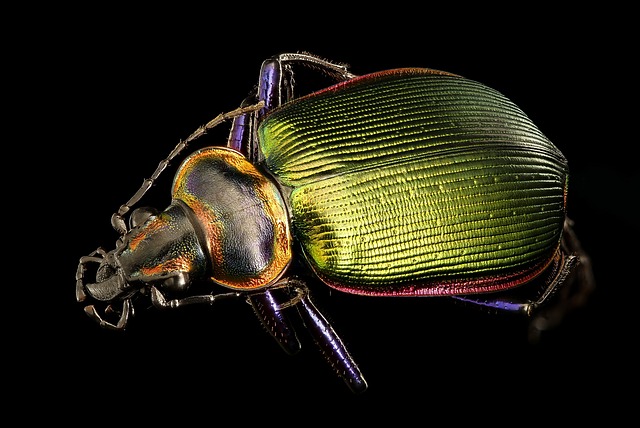
Ground Beetles
The diet of ground beetles can help control an overpopulation of slugs, asparagus beetles, caterpillars, Colorado potato beetles, corn earworms, cutworms, squash vine borers, and tobacco budworms.
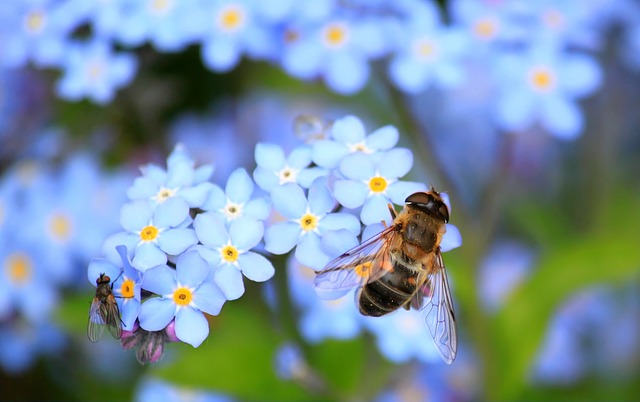
Hoverflies
Hover Flies feed on nectar as they pollinate flowers. After their eggs hatch, they spend most of their time feeding on aphids (plant lice).
A well-established population of hoverfly larvae can control up to 70 to 80 percent of an aphid infestation. They also help to control the population of other unwanted soft-bellied insects.
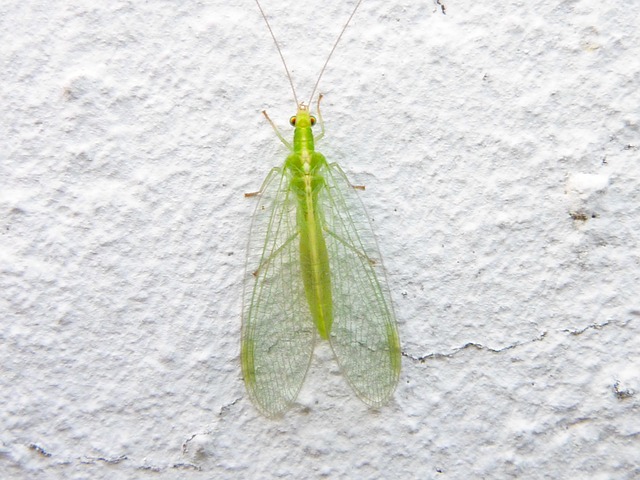
Lacewings
Lacewings primarily feed on aphids but also feed on insect eggs, thrips, mealybugs, immature whiteflies, and caterpillars. Immature lacewings are voracious feeders.
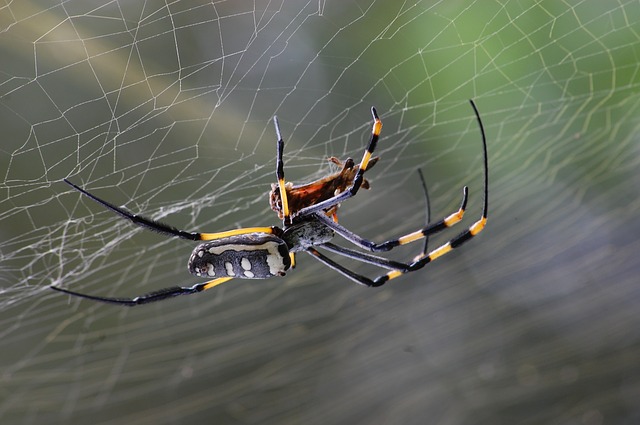
Spiders
Spiders get a bad rep, but they are amazingly beneficial for controlling insects that invade garden space. Spiders will eat aphids, armyworms, leafhoppers, flea-hoppers, leaf miners and spider mites. They attack the spruce budworm, pine sawfly, sorghum midge, and tobacco budworm.
oz
They especially like caterpillars, thrips, plant bugs, cucumber beetles, grasshoppers, scarabs and flies. Some insect pests are actually known to abandon an area once spiders move in.
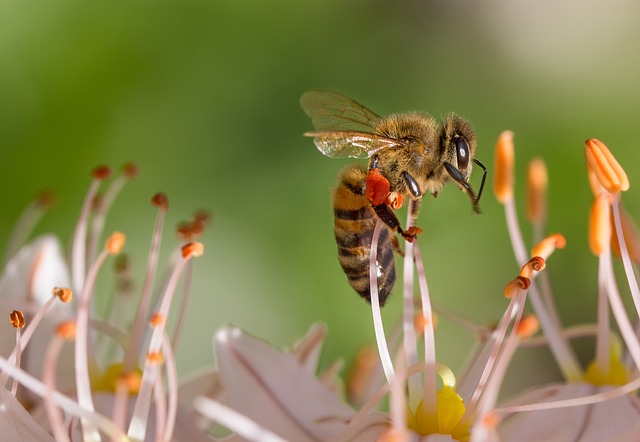
Bees
Besides being the king insect of pollination and cross-pollination, your garden will end up with more flowers and plants when bees move in.
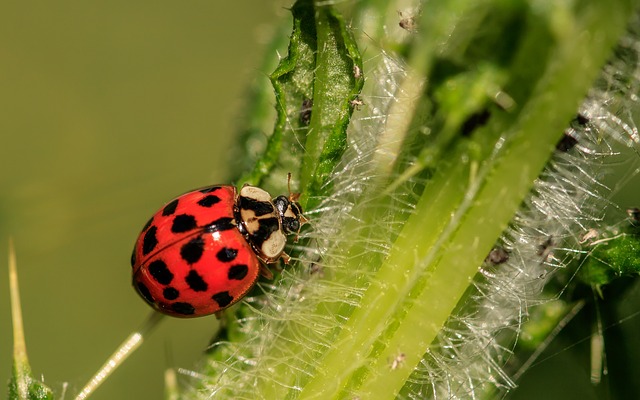
Ladybugs
Ladybugs are predatory beetles that eat a large number of aphids (plant lice) and other harmful bugs. Even in the larval stage, ladybugs will normally consume hundreds of aphids and will grow into adults that may eat up to 5,000 aphids in a lifetime. This greatly reduces the population of harmful insects that will otherwise slowly destroy your plants.
One of the most endearing qualities of a ladybug is its appearance. The deep orange to the red shell with black dots, tiny blackheads, and wiry antennae make this beetle look like a piece of art.

Predatory Wasps
The range of pests managed by parasitic wasps is nothing short of amazing. They effectively control aphids, scale, white lies, sawfly larvae, ants, leaf miners and several types of caterpillars and they also parasitize the eggs of several insects, including European corn borers, tomato hornworms, codding moths, cabbage loopers.
Parasitic wasps usually become active in the garden later than pest insects, and some of them are so small that they are difficult to see. One way to track their progress is to watch the aphids. The skin of parasitized aphids turns crusty and golden brown or black. These mummified aphids are a good indication that parasitic wasps are doing their job.
 |
| Click to View |
Now that we've covered some of the beneficial insects to draw into your garden, let's talk about the plants you can grow to draw them into your garden.

Borage
Annual that blooms in mid-summer.
Beneficial Insects Borage Attracts Ground beetles, hoverflies, lacewings and spiders.
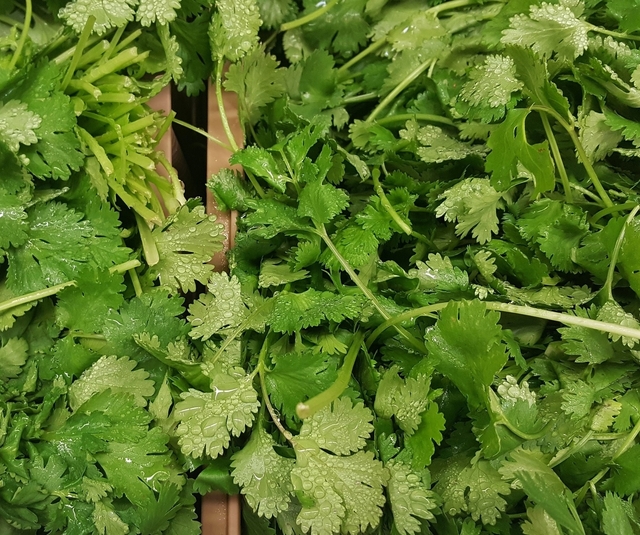
Cilantro
An annual herb that blooms in early summer. Any spring-planted Cilantro, Arugula or mesclun mixes are perfect as they bolt into bloom early in the season as the days grow longer.
Beneficial Insects Cilantro Attracts Bees, hoverflies, parasitic wasps.
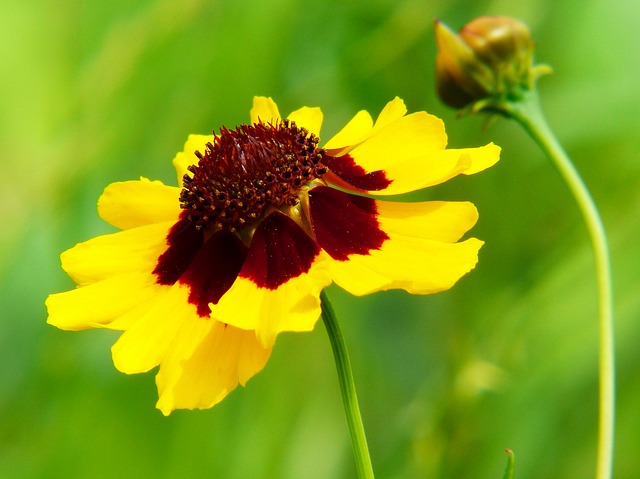
Coreopsis
A native perennial that blooms mid to late summer.
Beneficial Insects Coreopsis Attracts Bees, hoverflies, lacewings, ladybugs, predatory wasps.

Cosmos
Annual that blooms mid to late summer.
Beneficial Insects Cosmos Attracts Bees, hoverflies, parasitic wasps, lacewings, ladybugs.
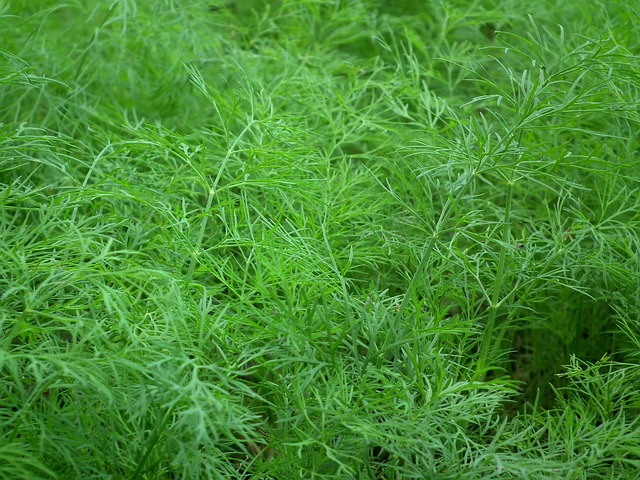
Dill
Annual that blooms early summer to fall with successive sowings.
Beneficial Insects Dill Attracts Bees, ladybugs, lacewings, wasps.
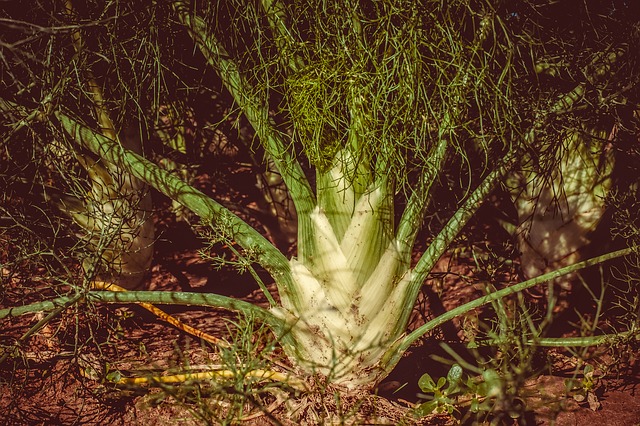
Fennel
Annual or biennial that blooms in midsummer.
Beneficial Insects Fennel Attracts Hoverflies, many species of predatory wasps.
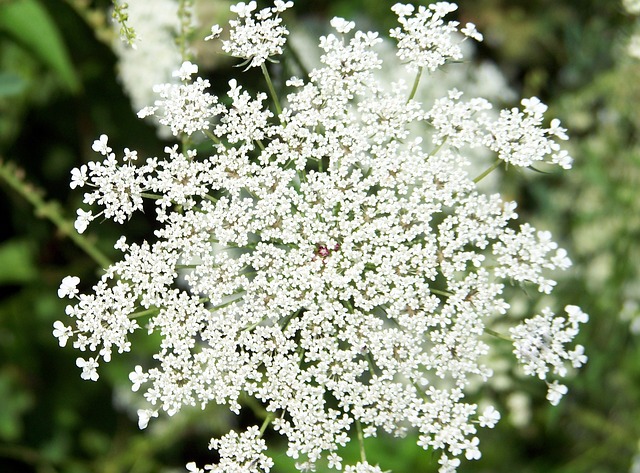
Queen Anne's Lace
Annual or biennial that blooms in mid-summer.
Beneficial Insects Queen Anne's Lace Attracts: Hoverflies, predatory wasps, ladybugs, lacewings, spiders
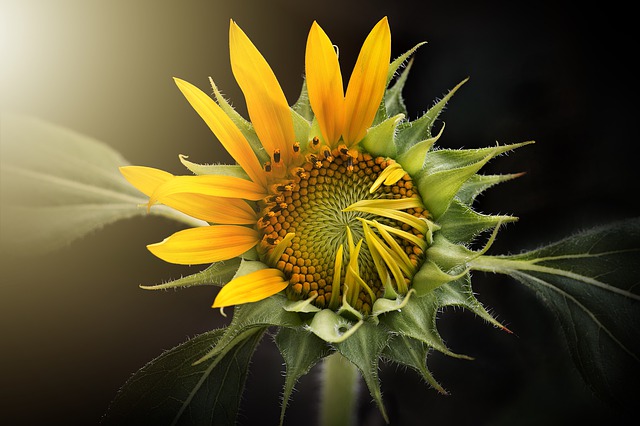
Sunflower
Native annual that blooms mid to late summer.
Beneficial Insects Sunflowers Attracts Bees, predatory wasps, ladybugs.
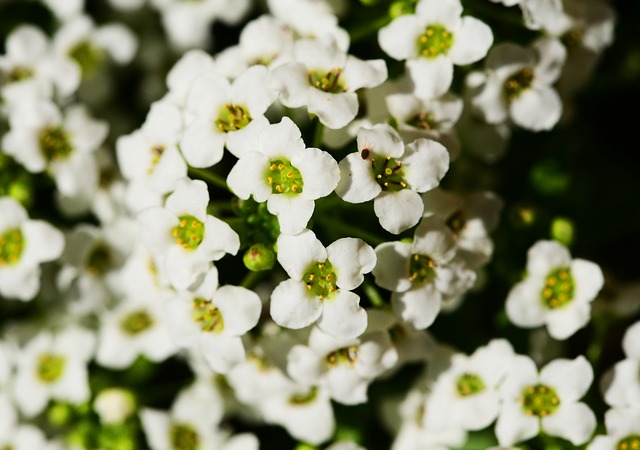
Sweet Alyssum
Annual that blooms early summer to fall.
 |
| Click to View |
Marigolds
Annual that blooms summer to fall with successive sowings.
Beneficial Insects Marigolds Attracts:
Marigolds, besides being beautiful and coming in several shapes, colors and sizes, they are an excellent companion plant for confusing flying insects by confusing them with their scent.
They reduce the population of cabbage and onion maggots because the mother flies get frustrated after landing on the wrong plant many times.
~~~~~~~~~~
With some smart preplanning, you can draw in some beneficial insects to assure your garden is healthy as well as beautiful!
~~~~~~~~~~


.png)






No comments:
Post a Comment
Note: Only a member of this blog may post a comment.